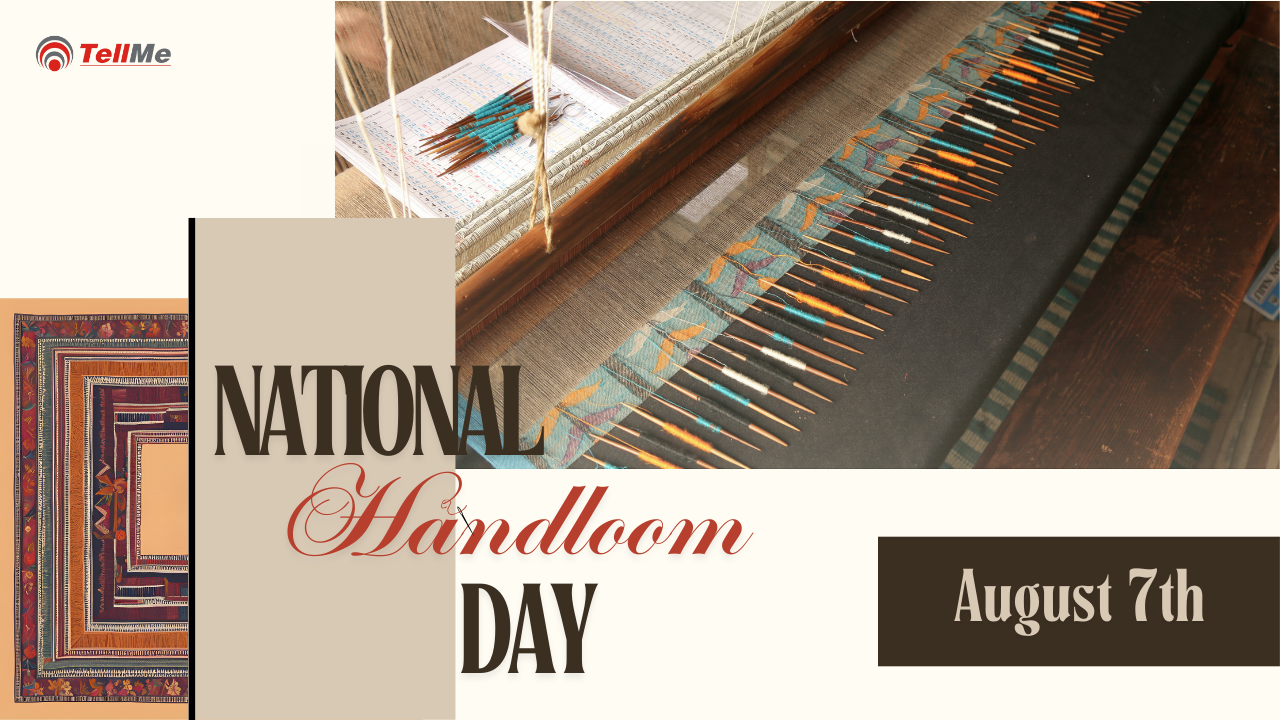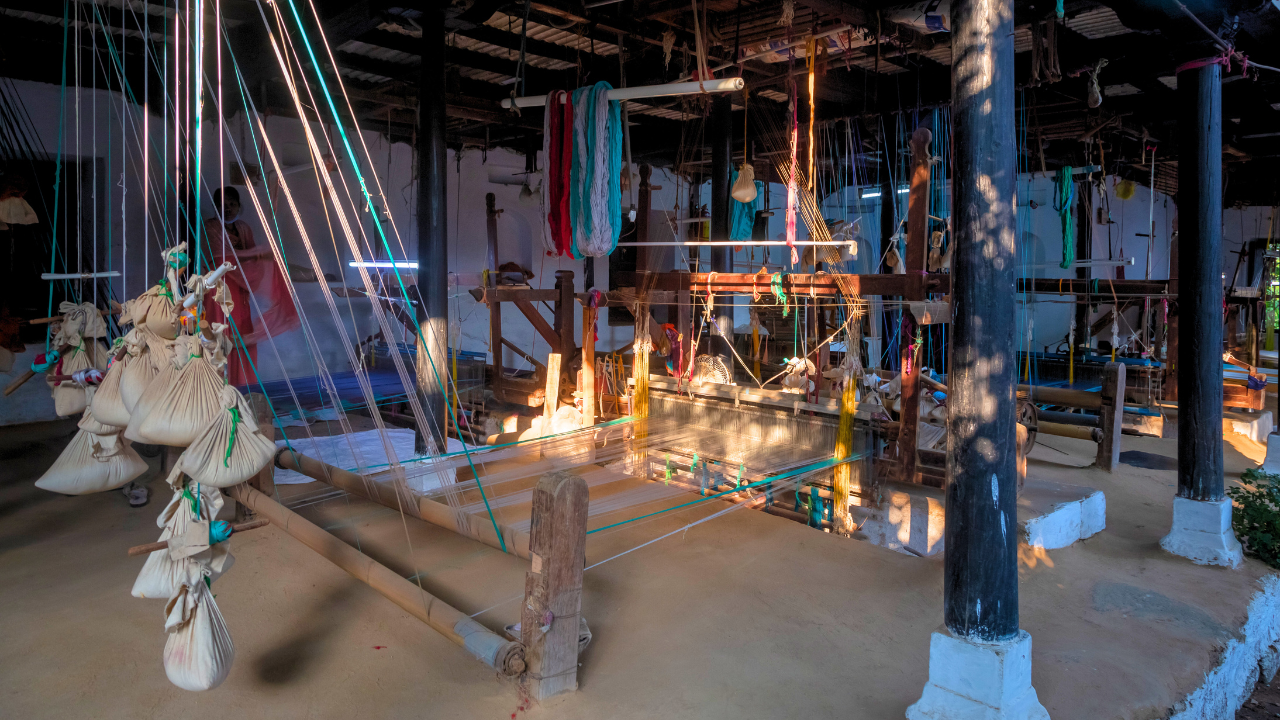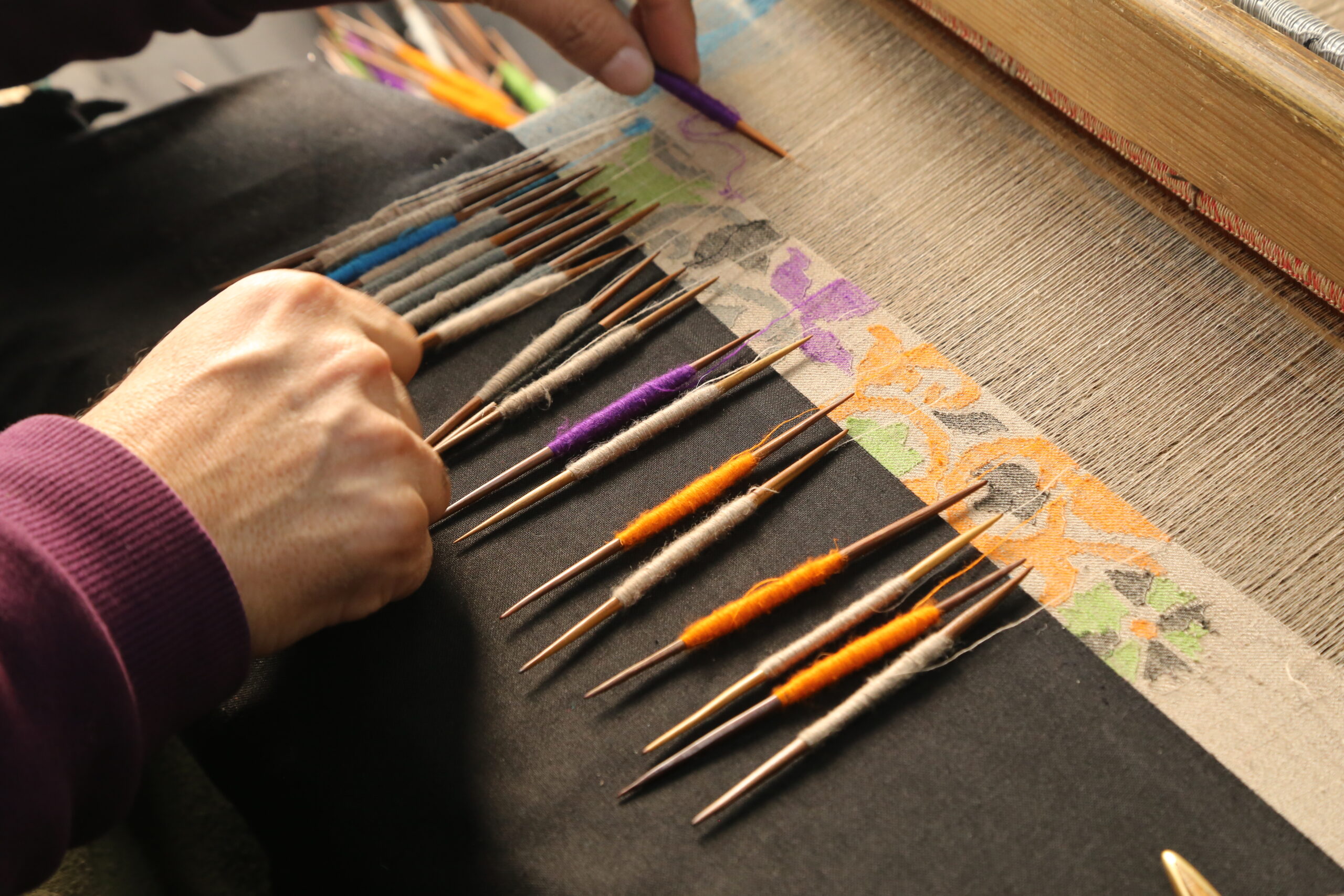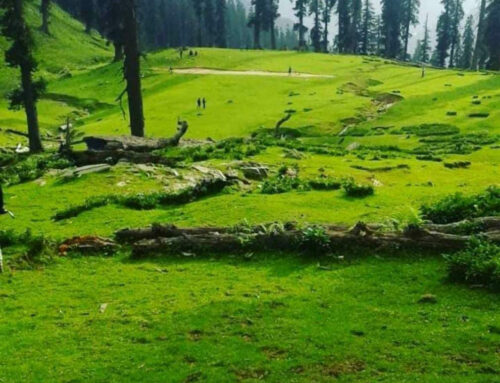
According to history, National Handloom Day, falls on 7th August, has been celebrating the ‘Swadeshi’ movement that was launched in the year 1905. It was a nationalist movement which focused on purchasing and revitalizing the practice of utilizing native products especially hand woven clothing as a way of jobs and a technique of fighting colonialism by the British empire.
With focus on the Swadeshi Movement and its outcomes.
The Swadeshi movement gave a call for patriotism and pride in buying home made goods and things Made in India. They adorned themselves with handwoven fabrics which had so much historical and cultural importance that it also depicted how people were so intolerant that they refused to survive on British goods. Cutting to today’s India, Swadeshi lives on, in its truest sense, with the backing of the Make in India initiative.
Make in India Programme: Refer Trends: Reviving the Handloom Tradition
Prime Minister Narendra Modi led Make in India has further boosted the value and outreach of the Indian handloom textiles to global markets. Local procurement and manufacturing, indigenous innovation and self-reliance is the over-arching philosophy of the Swadeshi movement and for this, this programme will facilitate local business.
Iconic Indian Handloom Sarees
The sarees that you get through the Indian handloom are admired across the globe for their beautiful designs, rich colours and exquisite weaving. Here are some notable examples.
Varanasi Sarees: Famous all over India for their heavy fabrics like Banarasi sarees, these sarees have extra weaves of brocade and golden or silver line work known as zari work and therefore are perfect for engagement, wedding and other such ceremonies.
Chanderi Sarees: Chanderi is a brand that has originated from Madhya Pradesh and is recognized for its sheer, softly elongated look, traditional motifs on the saree body and traditional patterns on the pallu part of the saree.
Pochampalli Sarees: Pochampalli sarees, hailing from the town of Bhoodan Pochampally in Telangana, India, are renowned for their unique ikat dyeing technique. This traditional art involves intricate patterns created by dyeing threads before weaving them into beautiful, geometric designs. Known for their vibrant colours and exquisite craftsmanship, Pochampalli sarees are a perfect blend of silk and cotton, offering elegance and comfort.

Maheshwari loom
Maheshwari Sarees: Originally from Maheshwar in Madhya Pradesh these sarees are a mix of silk and cotton and have a geometrical stripes check and floral border the Maheshwari sari which is manufactured using handloom cotton and silk yarn. It is bordered with the traditional five stripes running parallel to the entire length and has a Pallav which lays across the shoulder and has a reversible touch. The need of sari started from Rani Ahilyabai of Maheshwar, the empress who got collected weavers from Surat, Bhuj, Patan and Hydrabad about 200yrs back to initiate this
Paithani Sarees: The traditional wear of Indian women, the Paithani saree originated from Maharashtra is woven from pure silk and zari having peacock and floral design on it.

Kashmiri Shawl preparation
Pashmina shawls : originating from the Kashmir region of India, are synonymous with unparalleled softness, warmth, and elegance. Made from the fine wool of the Changthangi goat, found in the high altitudes of the Himalayas, Pashmina is revered as one of the finest fabrics in the world.
Pashmina shawls and the Kashmir handloom process are a testament to the region’s rich cultural heritage and the unparalleled skill of its artisans. Owning a Pashmina shawl is not just about luxury; it’s about possessing a piece of timeless art and tradition.
Global Appeal and Usage
Earlier it was observed that there is increased demand for pure handloom products that originate from India and the current global populace has developed an inclination towards such fabrics. From fashion shows to cultural fairs, the handloom sarees are emerging as Lucknow’s identity and the pride of India.
Conclusion
National Handloom Day is not merely the celebration of India’s tradition but its modernity as well. Thus, any link we make between the Swadeshi movement and the contemporary Make in India programme is synonymous with the traditional spirit of our craft and the elegance of handloom fabrics even today. With the support of RAG, these traditions are being developed and preserved intact making India a sustainable, culturally rich country with proper economic growth.


